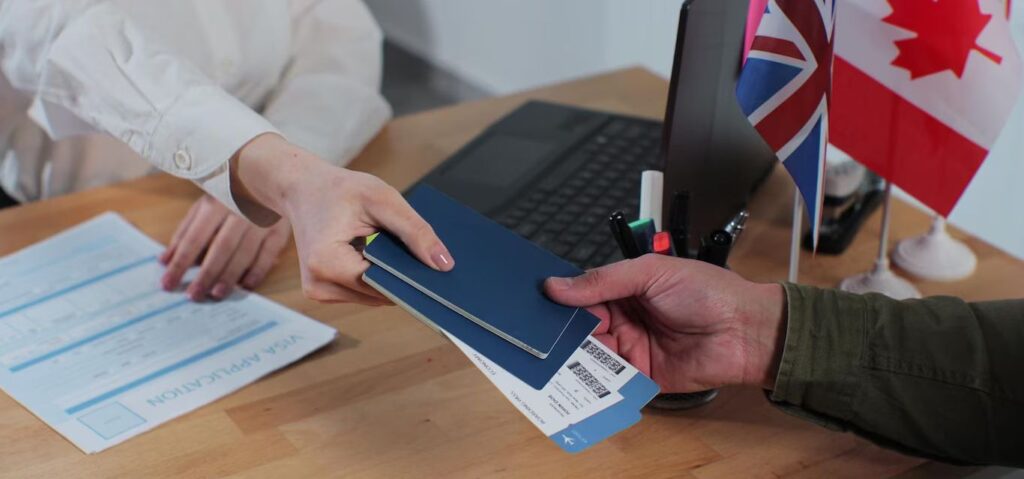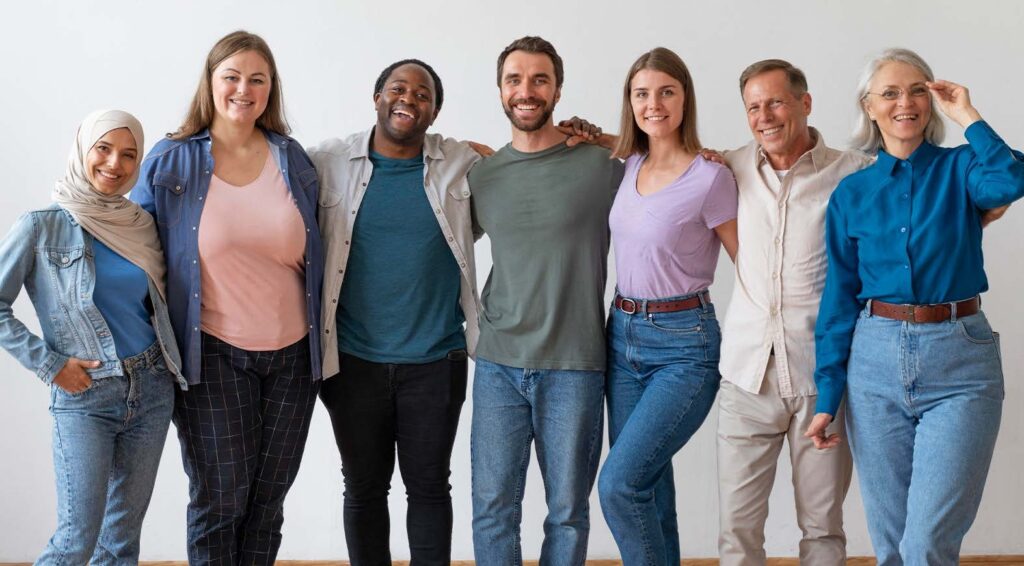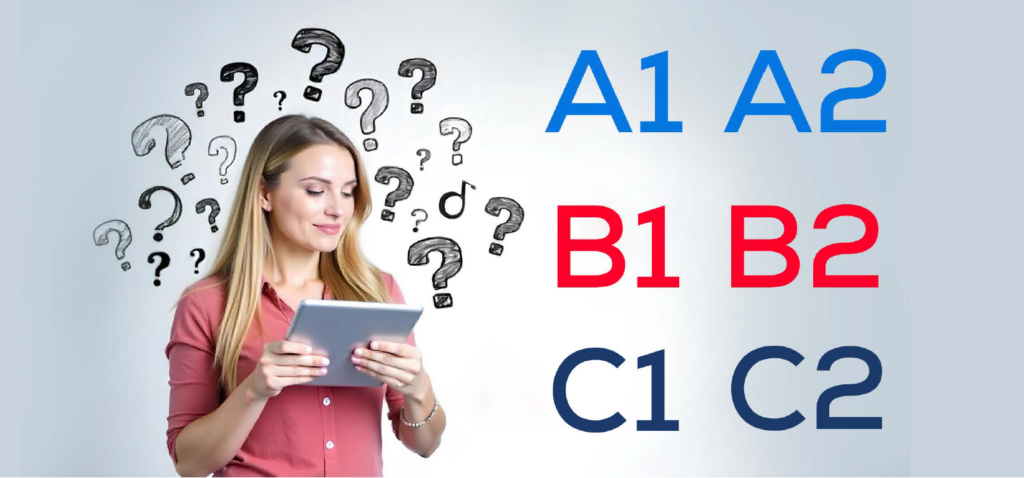Introduction
Welcome to “Learning Hacks 101”! I’m Dr. Conrad Aquino with Monse-Heart Healthcare & Safety Tutoring Institute LLC. Have you ever felt like no matter how hard you study, the information just doesn’t stick? If so, you’re not alone and more importantly, you’re not at fault. Traditional learning methods might be the problem.
In this session, we’re going to show you how to learn simply and easily because if you’re studying hard, you’re doing it wrong. We’ve collaborated with several experts in the field educators, teachers, students, and even someone with a PhD in educational psychology so we could learn how to learn. We’ve gathered all the tips, tricks, and hacks you need to do this the simpler and easier way.

The Problem with Traditional Learning
Traditional learning often involves cramming a lot of information, especially in fields like Healthcare, where there’s so much to remember. This method leads to forgetting information quickly after exams. One expert told us that the hardest way to remember is to memorize, and the easiest way to forget is to memorize. This is counterintuitive, so let us show you the right way.

Understanding Your Brain
Our brains are separated into the left and right hemispheres. The left brain handles analytical thinking, words, numbers, and definitions. The right brain manages creativity, emotions, and images. The corpus callosum bridges these two sides. When information passes between the hemispheres, memory is facilitated.
For example, if I ask you what you had for dinner three days ago, it might be hard to recall. However, if I ask you to remember a meal you really enjoyed, you’ll likely recall it vividly because it involved both the experience (left brain) and the emotions (right brain).
The Corpus Callosum Cross
The key is to create connections between the left and right sides of the brain, which we call the corpus callosum cross. This method makes memory retention easier and more lasting. At Monse-Heart, we’ve developed several ways to trigger this cross using mental images, anecdotes, and stories to connect information. This technique ensures you remember and understand concepts deeply, not just memorize them.
Practical Example: Think about your last vacation. Describe it in detail where you went, what you did, how you felt. Notice how easily the memories come back? That’s because you’re engaging both sides of your brain.
Testimonials
Try It Yourself
Let’s do a quick exercise. Think of a memorable meal you’ve had recently. Now, describe it in detail what you ate, who you were with, the ambiance, and how you felt. Notice how vivid and detailed your memory is? This is the power of connecting the left and right sides of your brain.
Conclusion
At Monse-Heart Healthcare & Safety Tutoring Institute LLC, we’re dedicated to transforming your learning experience. Our distinctive approach simplifies complex subjects through engaging podcasts, designed to last no more than 20 minutes. These segments facilitate the crossing of the corpus callosum, optimizing memory retention and ensuring long-term knowledge retention.

Our teaching methodology ensures that students excel not only in their theoretical exams but also in practical applications. By bridging the gap between theory and practice, we help you truly comprehend and apply your knowledge in real-world scenarios.
Our exclusive video, ‘Learning Hacks 101,’ embodies the Monse-Heart way of teaching, where deep understanding and practical application take precedence over rote learning. Experience our commitment to transformative education and see how we empower students to become competent, confident professionals.
To Learn More About Our Teaching Methodology
Discover how we use these methods at Monse-Heart Tutoring Institute to empower students to excel. Explore our courses and enroll today to transform your learning experience. Join us and take the first step towards a successful and fulfilling educational journey.
Best wishes on your learning journey!
Frequently Asked Questions (FAQs)
Traditional learning often relies on rote memorization, which primarily engages the left hemisphere of the brain. This method focuses on words, numbers, and definitions but lacks the emotional or visual context needed for long-term retention. In contrast, brain-based learning techniques activate both hemispheres by incorporating storytelling, visualization, and practical applications making it easier to retain and apply complex concepts.
The Corpus Callosum Cross is a learning technique that strengthens communication between the left and right hemispheres of the brain. While the left side processes logic and language, the right side interprets emotions, creativity, and imagery. When both hemispheres work together, learning becomes more effective. Techniques like visualization, storytelling, and practical exercises create lasting connections that improve comprehension and memory retention.
To implement these methods effectively:
• Visualize Concepts: Create vivid mental images that link information to memorable visuals.
• Tell Stories: Relate concepts to personal experiences or real-world scenarios.
• Use Active Recall: Regularly review and test yourself to strengthen knowledge retention.
• Engage in Hands-On Practice: Apply theoretical knowledge in practical settings to deepen understanding.
Incorporating these techniques can simplify even the most complex subjects and improve overall academic performance.
Absolutely! Brain-based learning techniques are especially effective in healthcare, nursing, and medical studies, where learners must retain vast amounts of critical information. By combining visual storytelling, case-based learning, and hands-on practice, learners can bridge the gap between theory and real-world application ensuring better recall and performance in clinical settings.
Learners often notice improvements within a few weeks of consistent practice. However, the timeline depends on factors like the complexity of the subject and the individual’s dedication to applying these techniques. With regular use, memory retention improves, and learning becomes more natural and efficient over time.
This approach stands out because it:
• Engages both hemispheres of the brain, promoting stronger connections and deeper learning.
• Incorporates real-world applications to ensure theoretical knowledge translates into practical skills.
• Delivers concise, focused content that optimizes attention and retention through 20-minute video tutorials and podcasts.
By bridging the gap between memorization and understanding, this approach empowers learners to excel in their academic and professional pursuits.
Yes! These techniques are highly adaptable and benefit learners with diverse preferences, including:
• Visual learners: Through diagrams, mental imagery, and mind maps.
• Auditory learners: Using storytelling, discussions, and verbal explanations.
• Kinesthetic learners: By encouraging hands-on practice and real-world application.
This versatility ensures that all learners can engage with and benefit from these methods.
To begin applying these techniques:
• Watch the “Learning Hacks 101” Video: Discover practical tips to enhance your learning.
• Explore Our Podcasts: Reinforce key concepts with bite-sized, easy-to-follow audio content.
• Apply What You Learn: Incorporate the techniques into your daily study routine to see noticeable improvements.
With consistent effort, you’ll unlock the full potential of these techniques and transform the way you learn.
Disclaimer:
At Monse-Heart Healthcare & Safety Tutoring Institute LLC, we are committed to providing effective, research-based learning strategies, as shared in “Learning Hacks 101.” While these methods have helped many learners succeed, individual results may vary depending on personal learning styles, experiences, and the effort invested. This blog is intended for general educational guidance and does not replace personalized academic advice. We encourage each learner to apply these techniques thoughtfully to their unique journey.



















